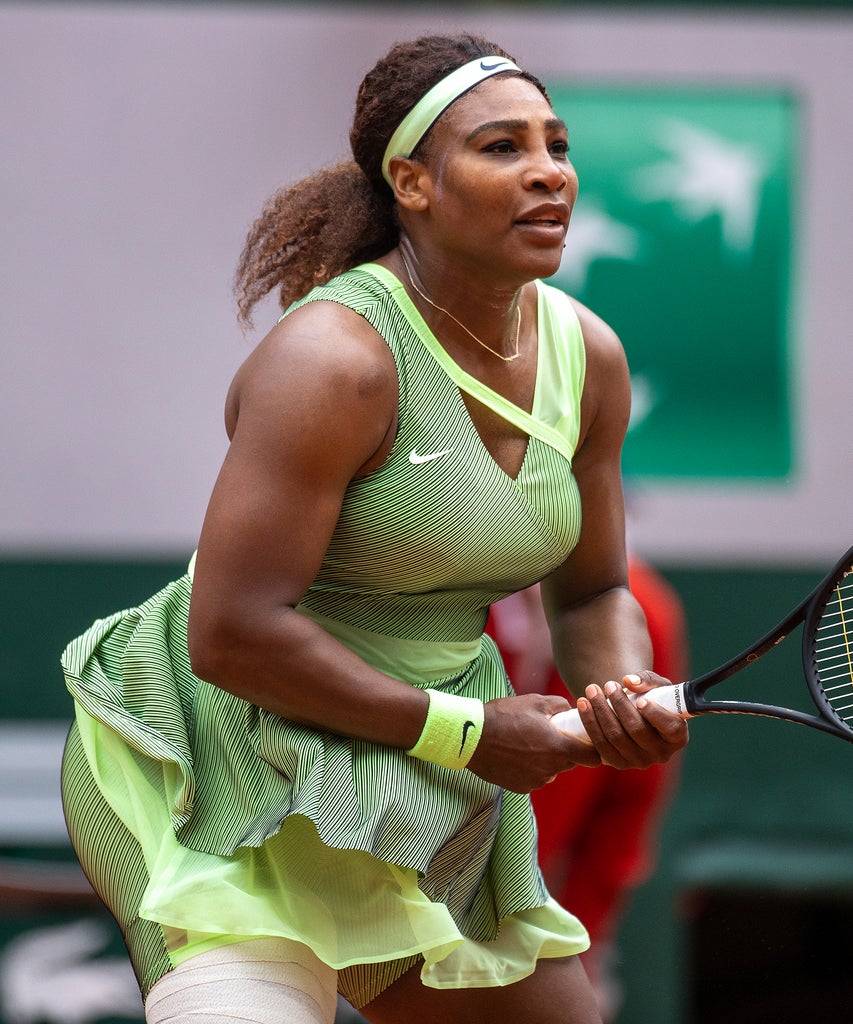
Skorts started trending on TikTok earlier this year. It was only a matter of time, given Gen Z’s obsession with activewear and Y2K fashion. Once TikTokers discovered older images of Christina Aguilera and Britney Spears wearing skorts with T-shirts and halter tops, a trend was (re)born.
For decades, the skort has been loved for its quirky, utilitarian qualities. But in addition to being one of the most adaptable styles in the contemporary wardrobe, it’s also one with a fascinating history.
“Fashion comes from people,” says Deidre Clemente, a fashion historian and associate professor at the University of Nevada, Las Vegas. “And the skort definitely comes from women trying to compromise between comfort and femininity.”
Today, skorts are as commonplace as tennis dresses or bike shorts, with brands like Lululemon, Athleta, and Girlfriend Collective helping them become staples of athleisure and even going-out outfits. But it’s taken the shorts-skirt hybrid more than a century to gain acceptance.
The first skort dates back to the 1890s. They were an invention born of necessity for bicycling women. Pants were still a controversial idea for women, according to Clemente, on account of their “masculine” appearance and the visibility of the legs. The first skorts looked nothing like the ones Serena Williams wears to win Grand Slams. Instead, they featured wide-legged pants underneath a skirt, covered up by a double-breasted, buttoned-up panel in front.
In 1931, Spanish tennis player Lilí Álvarez caused a scandal when she showed up to Wimbledon wearing a skort designed by Elsa Schiaparelli. “I think what bothered people was the movement that [the skort] allowed her. [She was able] to play in a way that was considered inappropriate,” says Keren Ben-Horin, a fashion historian and author of She’s Got Legs: A History of Hemlines and Fashion. During the interwar period, American designers Tina Leser and Clair McCardel also redefined womenswear with their own versions of the skort. “The skort really became a way for women to carve out their sartorial space,” says Clemente.
Over time, as skirt lengths rose and pants on women became more acceptable, so did a hybrid of skirt and pants. Some saw the garments as tools for modesty. After all, ladies always cross their legs and never show what’s underneath their skirts, right? “The responsibility has always been put on women to police their own bodies,” says Clemente.
While skorts are popular in fashion right now, some continue to see them as a compromise between comfort and femininity. Growing up, Sandy Sánchez, a copywriter living in New York City, never felt comfortable wearing skirts or shorts because they showed off her legs. It took her a long time to land on the skort as a piece of clothing that revealed her legs and in which she felt comfortable. After years of thrifting and exploring vintage skorts, she developed a preference for Liz Claiborne numbers from the ‘90s. “I could move comfortably while still wearing something really cute,” she says. “I love wearing skorts when I’m working out or doing a lot of walking or just want to feel comfy,” says Sánchez.
Even now, after winning over street style stars and e-commerce masterminds, the skort continues to carry some of those historical connotations. “A skort is an interesting piece today because it blurs the line between what’s comfortable and what’s appropriate,” says Clemente. “I think there is more control now for women to play between those lines.”
The idea of pants under skirts also flourishes during times when society at large questions the constructions of femininity, according to Ben-Horin. In the 1920s and 1930s, designers like Elsa Schiaparelli and Coco Chanel challenged the notion of ladylike fashion, opening up the possibility of pants, suits, and gowns for women that allowed freer movement. It wasn’t just about emulating the freedoms enjoyed by men.
“It was all about challenging the male gaze,” says Ben-Horin. She argues that a century later, in the 2020s, we find ourselves in a similarly fraught junction. While women today have more autonomy, clothing can still be used to police women’s bodies. “Cultural change is a slow burn, and fashion is part of that,” says Clemente. “I think there is more control now, but there is a lot of work to be done.”
Like what you see? How about some more R29 goodness, right here?
Skorts Are Popular On TikTok. Here’s Why
Powered by WPeMatico






